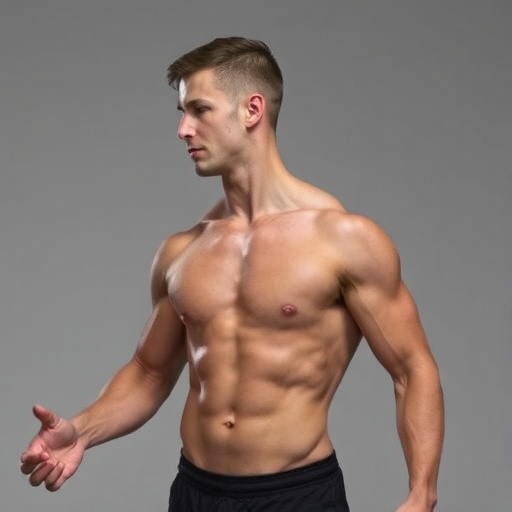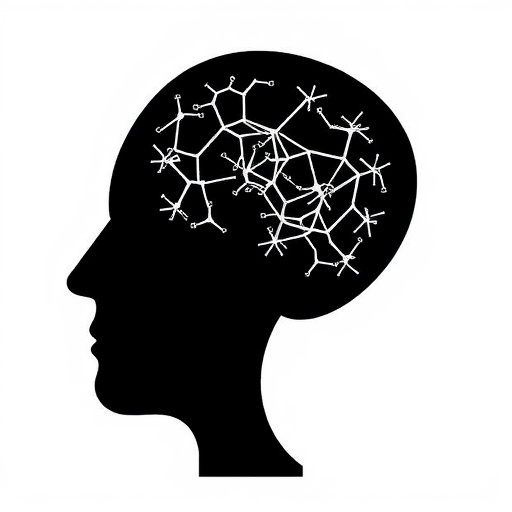Getting more exercise than normal – or being more sedentary than usual – for one day may be enough to affect sleep later that night, according to a new study led by Penn State.
In a one-week micro-longitudinal study, the researchers found that when teenagers got more physical activity than they usually did, they got to sleep earlier, slept longer and slept better that night.
Specifically, the team found that for every extra hour of moderate-to-vigorous physical activity, the teens fell asleep 18 minutes earlier, slept 10 minutes longer and had about one percent greater sleep maintenance efficiency that night.
“Adolescence is a critical period to obtain adequate sleep, as sleep can affect cognitive and classroom performance, stress, and eating behaviors,” said Lindsay Master, data scientist at Penn State. “Our research suggests that encouraging adolescents to spend more time exercising during the day may help their sleep health later that night.”
In contrast, the researchers also found that being sedentary more during the day was associated with worse sleep health. When participants were sedentary for more minutes during the day, they fell asleep and woke up later but slept for a shorter amount of time overall.
Orfeu Buxton, professor of biobehavioral health at Penn State, said the findings — published today (May 22) in Scientific Reports — help illuminate the complex relationship between physical activity and sleep.
“You can think of these relationships between physical activity and sleep almost like a teeter totter,” Buxton said. “When you’re getting more steps, essentially, your sleep begins earlier, expands in duration, and is more efficient. Whereas if you’re spending more time sedentary, it’s like sitting on your sleep health: sleep length and quality goes down.”
While previous research suggests that adolescents need eight to ten hours of sleep a night, recent estimates suggest that as many as 73 percent of adolescents are getting less than eight.
Previous research has also found that people who are generally more physically active tend to sleep longer and have better sleep quality. But the researchers said less has been known about whether day-to-day changes in physical activity and sedentary behavior affected sleep length and quality.
For this study, the researchers used data from 417 participants in the Fragile Families and Child Wellbeing study, a national cohort from 20 United States cities. When the participants were 15 years old, they wore accelerometers on their wrists and hips to measure sleep and physical activity for one week.
“One of the strengths of this study was using the devices to get precise measurements about sleep and activity instead of asking participants about their own behavior, which can sometimes be skewed,” Master said. “The hip device measured activity during the day, and the wrist device measured what time the participants fell asleep and woke up, and also how efficiently they slept, which means how often they were sleeping versus tossing and turning.”
In addition to finding links between how physical activity affects sleep later that night, the researchers also found connections between sleep and activity the following day. They found that when participants slept longer and woke up later, they engaged in less moderate-to-vigorous physical activity and sedentary behavior the next day.
“This finding might be related to a lack of time and opportunity the following day,” Master said. “We can’t know for sure, but it’s possible that if you’re sleeping later into the day, you won’t have as much time to spend exercising or even being sedentary.”
Buxton said improving health is something that can, and should, take place over time.
“Becoming our best selves means being more like our best selves more often,” Buxton said. “We were able to show that the beneficial effects of exercise and sleep go together, and that health risk behaviors like sedentary time affect sleep that same night. So if we can encourage people to engage in more physical activity and better sleep health behaviors on a more regular basis, it could improve their health over time.”
In the future, the researchers will continue to follow up with the participants to see how health and health risk behaviors continue to interact, and how sleep health influences thriving in early adulthood.
###
Russell T. Nye, graduate student at Penn State; Nicole G. Nahmod, Penn State; Soomi Lee, assistant professor at the University of South Florida; Sara Mariani, Harvard Medical School; and Lauren Hale, professor at Stony Brook University, also participated in this work.
Research was supported by the Eunice Kennedy Shriver National Institute of Child Health and Human Development of the National Institutes of Health, as well as a consortium of private foundations.
Media Contact
Katie Bohn
[email protected]





